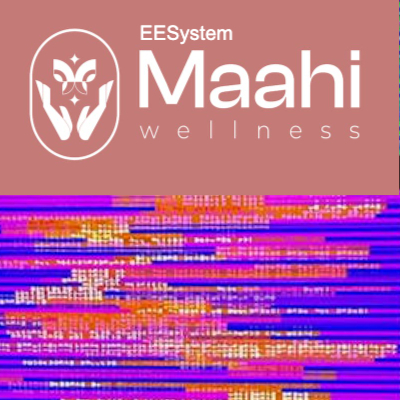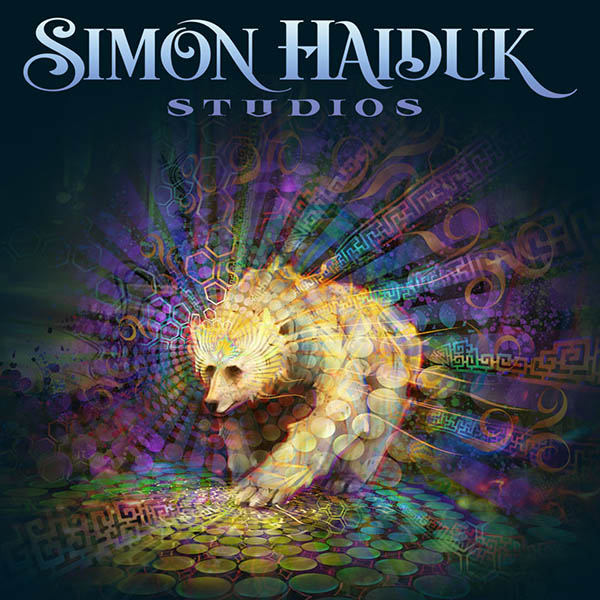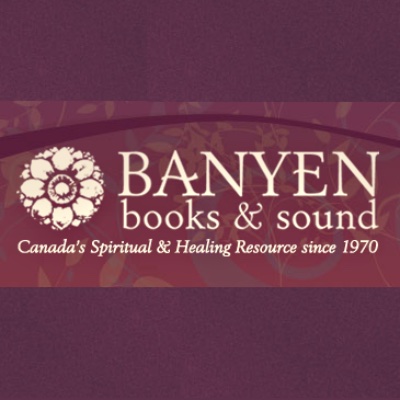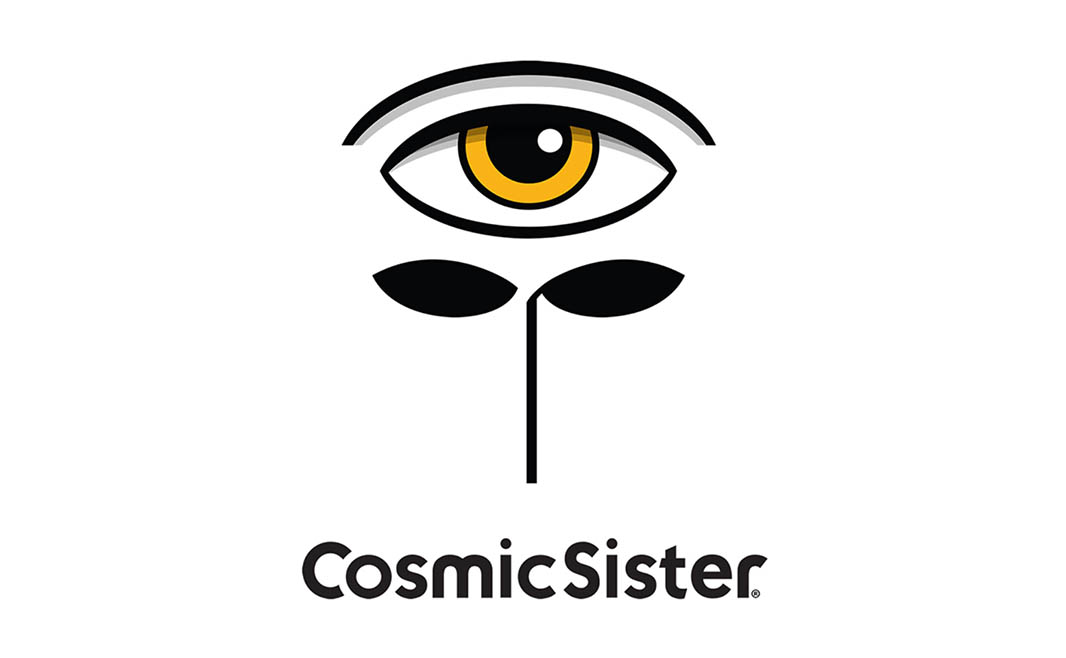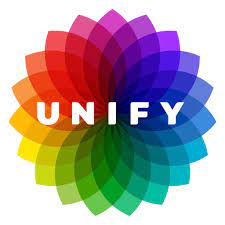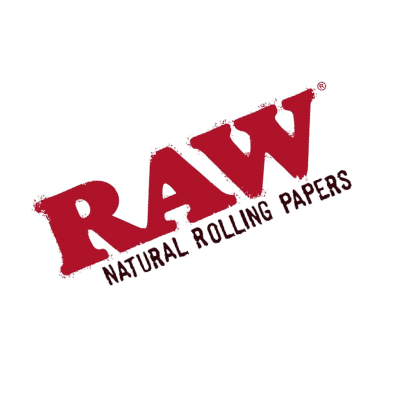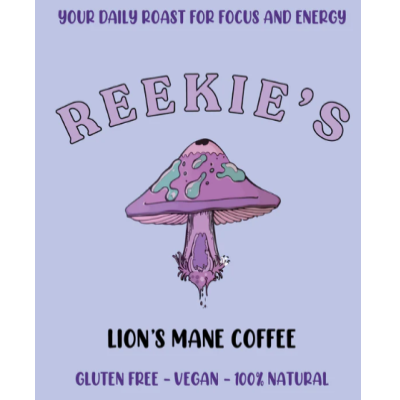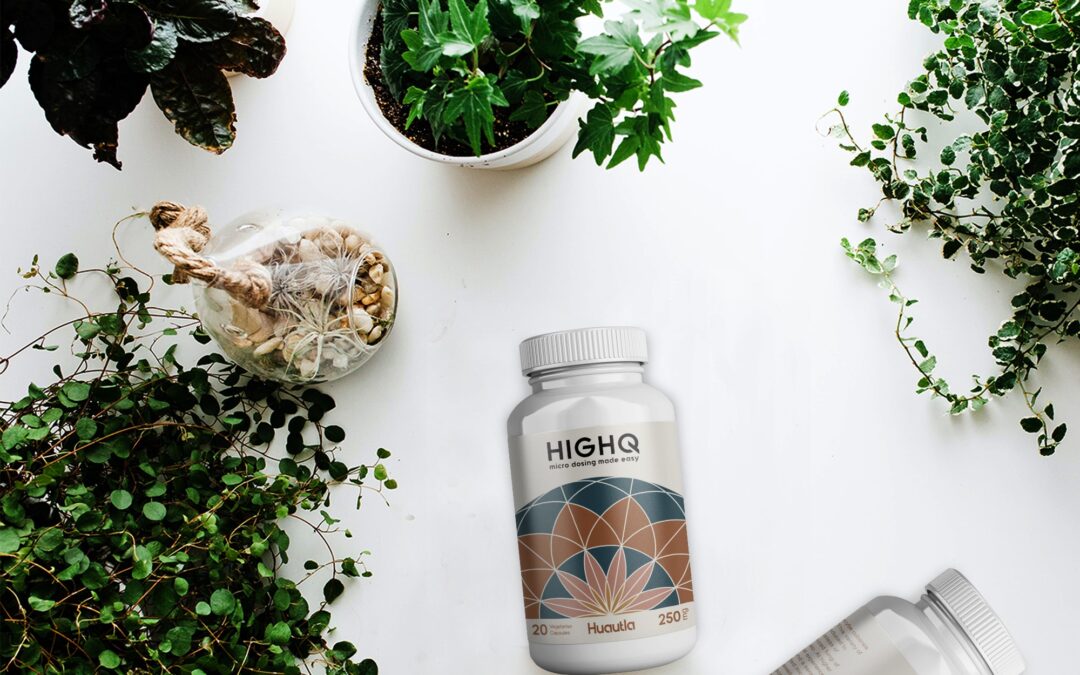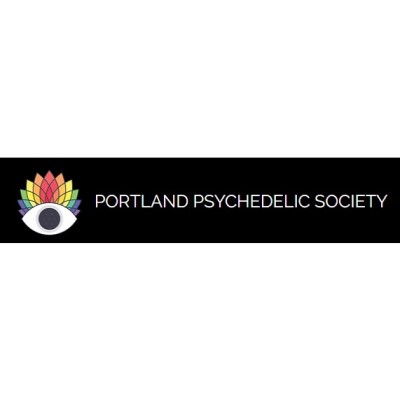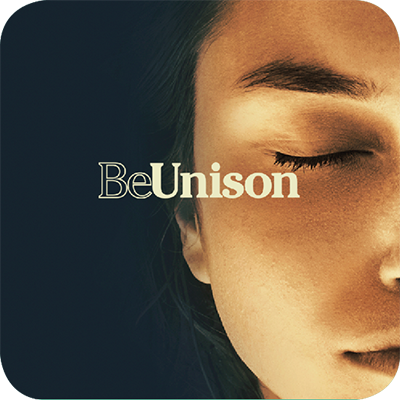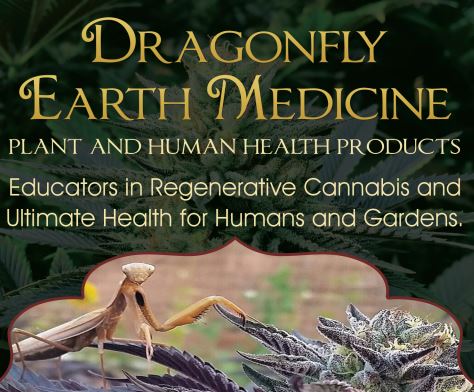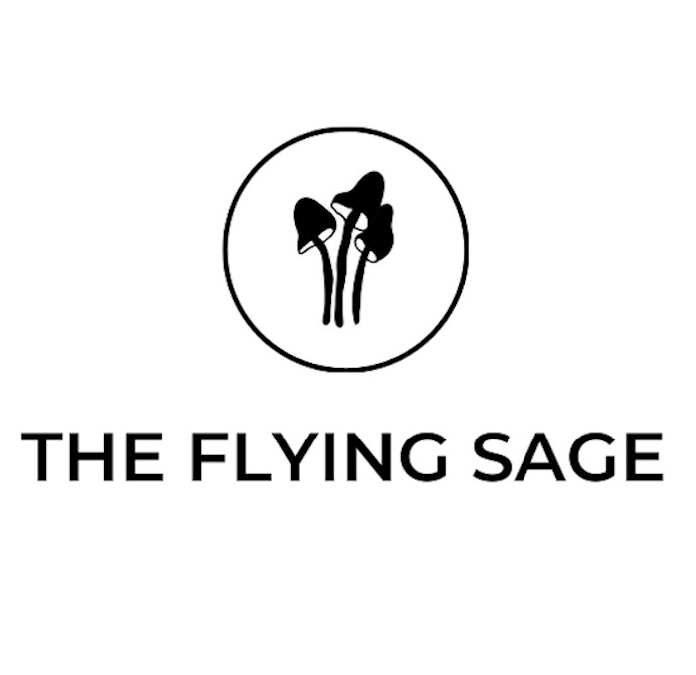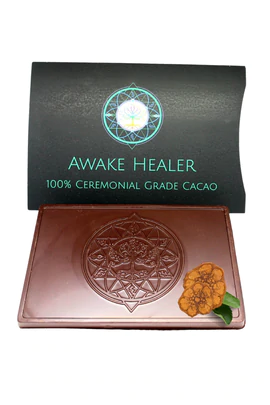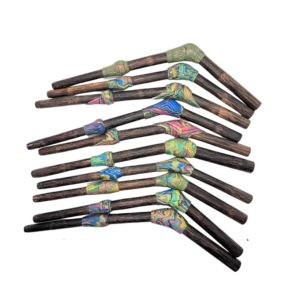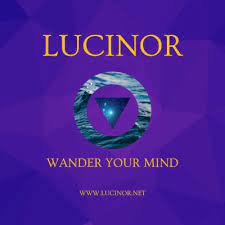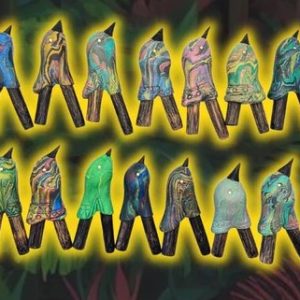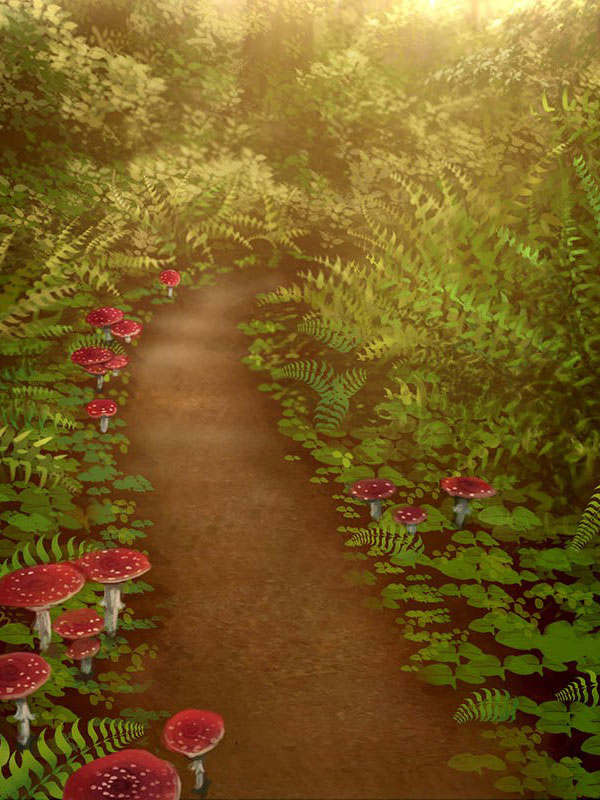Criollo Arriba Nacional Cacao by Awake Healer
This Cacao, from the Amazon region of Ecuador is a national treasure. The Kichwa tribe in this area has been harvesting the oldest strain of unadulterated cacao in the world. Awake Healer collaborates with a small group of families within the tribe to procure the cacao. They have been caring for these trees the same way their forefathers have for hundreds of years. Awake Healer is dedicated to assisting them in continuing their organic, sustainable, and profitable harvest. It is naturally perfect.
Flavors- Many ceremonial practitioners of Cacao choose to add many natural ingredients when preparing their Cacao. Understanding that it can sometimes be problematic carrying many ingredients, we have experimented with many ingredients, and have found doTERRA essential oils to be easy, and flavorful to use when preparing the cacao. We believe that you will agree!!! It is amazing how such pure, simple ingredients can make such a difference!! The Cinnamon Bark flavor also contains Chile Guajillo...and needs to be tasted to be appreciated!!
Chocaya- As many of you know, Awake Healer has gone through exhaustive efforts to ensure that their plant medicines are the finest in the world. Our Pure Vine (vine-only Ayahuasca) is legal and can be extremely beneficial and powerful in assisting one’s spiritual growth. Combining the Pure Vine with the finest Cacao in the world has helped produce some extraordinary experiences. We only recommend one ounce of Chocaya per serving.
The History of Sacred Cacao
The cacao tree, which is native to the Amazon Basin, was first believed to have been cultivated and used by the Mayo-Chinchipe people as far back as 3300BC. However, it is the Olmecs (1500BC) that are recognised as being the first civilisation to both cultivate and ‘domesticate’ the fruit. Alongside the Aztec and Mayan empires, the cacao plant not only shaped the way that these empires conducted themselves on a day-to-day basis, but also established deep roots in the very beliefs that they upheld.
Originating from the Mayan words Ka’kau, cacao was an intrinsic part of ancient Mayan and Aztec life, not just as a beverage or food, but as a pillar of their economies and an integral part of their religions, appearing in numerous spiritual ceremonies, including death rites and sacrifices. They cultivated the fruit for multiple purposes, even using the cocoa beans as a form of currency.
What is known about the early use of cacao is that it was considered to be sacred and revered by both the Mayan and Aztec people. It was a staple feature in their rituals: used to celebrate new births; required in marriage ceremonies due to its link to fertility (Cacaomama); and even offered up in sacrificial ceremonies to encourage the departed spirits onto the next stage of their journeys.
Consumed primarily in the form of a frothed drink, it was a prized possession and available only to the elite - for it was godly potion that would grant energy and power to those who consumed it (Cacaomama.) For this very reason, it was often featured in many of their rituals, especially those that sought to appease their deities.
In Aztec mythology, there are many tales that demonstrate the people’s belief that man had been created from a combination of maize, cacao, and other plants brought from the “Mountains of Sustenance.” There are numerous depictions of the tree in early Aztec paintings, many of which showcase how the Mesoamericans linked their understanding of divinity and spirituality with cacao (Seawright.)
In Mayan culture, the role of cacao was used alongside blood-letting rituals and sacrificial ceremonies to showcase their strong beliefs that cacao was just as sacred as blood. Often cacao was given to sacrificial victims, often in ways that directly linked chocolate and the sacred body. In fact, the Maya held a yearly festival to honour the cacao god El Chuah, which included several rituals and human sacrifices.
During the annual Aztec ritual in Tenochtitlan, a slave would be chosen to represent Quetzalcoatl. At the end of forty days, during which he had been dressed in finery and given all manner of good food and drink, he was informed of his impending death and then made to dance. If the temple priests saw that he was not dancing as enthusiastically or as well as they expected him to, he was given a drink of itpacalatl, which was a mix of cacao and water used to wash obsidian blades. There were sacrificial blades, and therefore crusted in blood. The sacrifice would be rejuvenated and joyful after drinking this mixture of blood and chocolate, and dance to his death (Coe 103-104.)
Medicinal History
Aside from the religious beliefs that both civilisations upheld, the cacao tree was also used for medicinal purposes, both as a healing and preventative tool. During the Maya and Aztec era, the people believed that the flowers of the cacao tree remedied fatigue, while the beans were used in conjunction with other plants to help alleviate fever (Tsai.) Both of these became staple medicines during this time.
After the Spanish conquest of the Aztecs, cacao began to gain notoriety and reverence throughout Europe, and was soon being utilised for its many healing properties. The list of effective medicinal uses that were discovered during this time increased extensively. Included in this list was its ability to improve digestive issues and abdominal pain; reduce agitation (Quelus 1730, 51) and calm anxiety (Brillat-Savarin, 1825,100); as well as reduce fever (Hernandez 1577, 305.)
Early European studies have also found evidence that cacao could be used to improve dental hygiene (Dillinger et al 2000, 2061s); and may even help with the reduction of cancer (Villanueva y Francesconi, 1890, 239.) Further studies have also highlighted the possibility that cacao could hold the potential to reduce inflammation in the colon, due to the bioactive compounds found in the bean, which is often correlative with colorectal cancer (Rodriguez-Ramiro.)
Modern Cacao Uses and the Benefits of Ceremony
Nowadays, those who drink cacao quite often do so using similar principles and beliefs that both the Aztec and Maya civilisations embedded into their culture. While the blood-letting and sacrificial aspects have thankfully been removed, modern-day drinkers utilise the cacao as a tool for their own prosperity and self-discovery.
Cacao is a natural and very effective way to relax the body and compliment any and all meditative practice that follows. It is often considered to be a very powerful tool to help ground people within their own bodies and guide their awareness back to their own heart. It’s recognised as being a very warming medicine that can help regulate the nervous system and improve the mood of anyone who drinks it.
Modern users are familiar with its aphrodisiac proprieties and many believe that regular consumption may also increase a woman’s ability to conceive. Those who utilise the cacao in ceremonial settings often speak of feeling much more in tune with their sensuality, and far more open to expansion, and connection.
Cacao ceremonies are often used as a gateway for inner healing, seeking clarity and setting intentions. Being in a sacred space helps you to get out of your normal frame of mind, allowing you to experience new insights and perspectives (Ceremonial-cacao) in a safe, supportive environment. It can also be an expansive space by which to nurture intimacy and empathy within yourself, and with others, and holds the potential for one to regain that lost spiritual balance (Tsai.)
A good facilitator will be able to create a safe space that supports and amplifies all of the energies that are present. The length and structure of a ceremony can differ depending on the intention of the person guiding the process. However, the principles of personal growth, insight and heart-filled connections will nearly always influence the flow of the ceremony.
How to Source and Prepare Cacao
As cacao grows in close proximity to the Equator, there are some constraints placed on where and how you can source it. It is important that you consider the environmental impact that your purchase has, as well as the social impact that it has on the communities who have harvested and produced the cacao you are investing in.
Considering cacao from a source that encourages biodiversity and protects wildlife, as opposed to causing deforestation, is essential when supporting sustainability. Ensuring that farmers and communities are paid a fair wage is also a consideration that needs to be taken into account before you make your purchase.
When looking to buy cacao, it is recommended that you search for a supply that is 100% pure, preferably one without any additives or preservatives. This will ensure that you experience the full effects of both the anandamide and theobromine compounds found in the cacao. It is also imperative that you try to avoid any variations that claim to contain sugar as this may reduce the intensity of the cacao you are receiving.
As the strength of different cacao may vary, it is important that the supplier informs you of the measurements needed for a single dose. You may wish to use a more generous ratio depending on your intentions for the ceremony. You can also add either a sweetener (such as honey, agave nectar, sugar etc.) or spices such as cinnamon, or cardamon to taste.
To prepare the cacao, it is recommended that you break the block into smaller pieces or shave it off with a knife. This will help it to soften and melt easier in the water. Boil the liquid in a pan and add a pinch of chilli power, if you so desire. Add in the cacao shavings and any additions to flavour the brew. Use a whisk to stir the drink until all of the cacao has melted and the liquid has an additional froth across the top. Serve the cacao whilst hot to warm your heart even more!
Most people pertain to feel the effects of the cacao within about twenty minutes. After this time, drinkers will begin to feel the expansive energy of the medicine and may feel a calling to focus their attention on healing practices or a creative outlet. Once the ceremony is complete, it is important that you drink plenty of fluids and consume dense foods in order to ground your energy.
Learning to open our hearts is the most profound and life-changing decision that a single human being can aspire to. Coming back to ourselves whilst honouring what nature offers us is a beautiful pathway to abundance, possibility, and true happiness. Cacao has aspired many thousands of people to understand the reverence of connection and the mighty gift of consciousness that we hold within our grasp. We can only hope that this wonderful medicine continues to offer these insights long into the future, and beyond.


